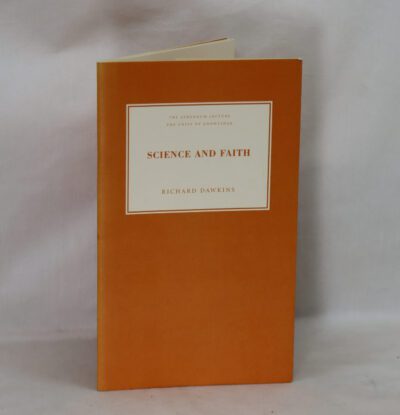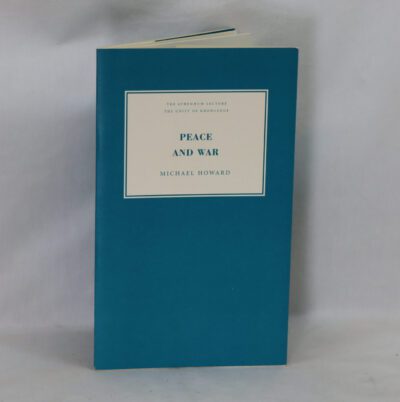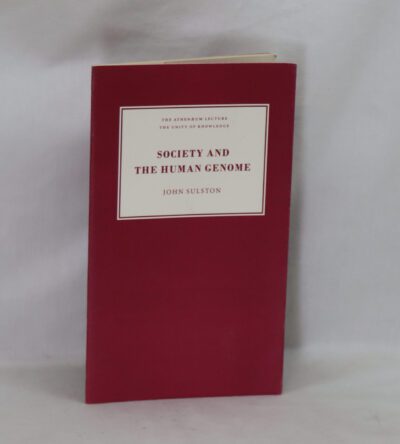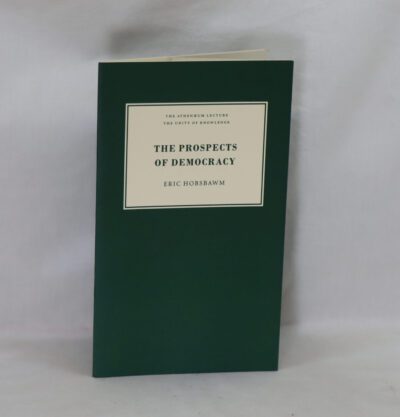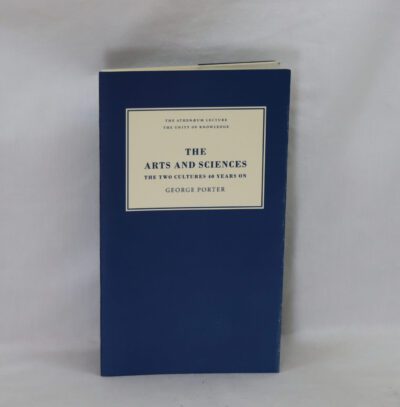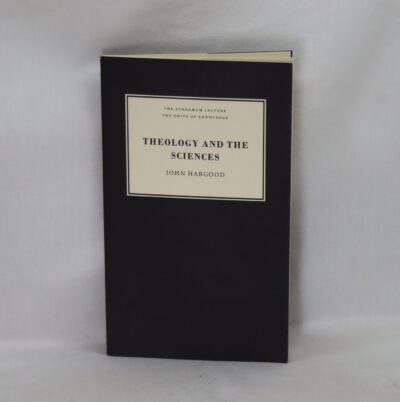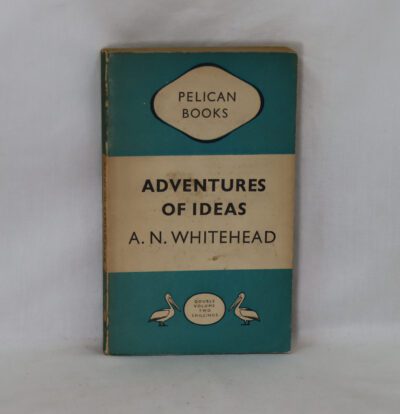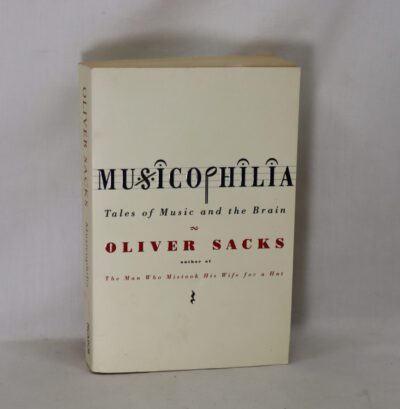The Lion and the Unicorn.
By George Orwell
Printed: 1962
Publisher: Secket & Warburgh. London
Edition: Uniform edition
| Dimensions | 14 × 20 × 1.5 cm |
|---|---|
| Language |
Language: English
Size (cminches): 14 x 20 x 1.5
Condition: Fine (See explanation of ratings)
Your items
Item information
Description
In the original dustsheet. Green cloth binding with gilt title on the spine.
F.B.A. provides an in-depth photographic presentation of this item to stimulate your feel and touch. More traditional book descriptions are immediately available.
A very lovely edition
Orwell’s moving reflections on the English character and his passionate belief in the need for political change. The Lion and the Unicorn was written in London during the worst period of the blitz. It is vintage Orwell, a dynamic outline of his belief in socialism, patriotism and an English revolution. His fullest political statement, it has been described as ‘one of the most moving and incisive portraits of the English character’ and is as relevant now as it ever has been.
Eric Arthur Blair (25 June 1903 – 21 January 1950), better known by his pen name George Orwell, was an English novelist, essayist, journalist, and critic. His work is characterized by lucid prose, social criticism, opposition to totalitarianism, and support of democratic socialism.
Orwell produced literary criticism and poetry, fiction and polemical journalism. He is known for the allegorical novella Animal Farm (1945) and the dystopian novel Nineteen Eighty-Four (1949). His non-fiction works, including The Road to Wigan Pier (1937), documenting his experience of working-class life in the industrial north of England, and Homage to Catalonia (1938), an account of his experiences soldiering for the Republican faction of the Spanish Civil War (1936–1939), are as critically respected as his essays on politics and literature, language and culture.
Blair was born in India and raised and educated in England. After school he became an Imperial policeman in Burma, before returning to Suffolk, England, where he began his writing career as George Orwell—a name inspired by a favourite location, the river Orwell. He lived from occasional pieces of journalism and worked as a teacher or bookseller whilst living in London. From the late 1920s to the early 1930s, his success as a writer grew and his first books were published. He was wounded fighting in the Spanish Civil War, leading to his first period of ill health on return to England. During the Second World War he worked as a journalist and for the BBC. The publication of Animal Farm led to fame during his lifetime. During the final years of his life, he worked on Nineteen Eighty-Four, and moved between Jura in Scotland and London. It was published in June 1949, less than a year before his death.
Orwell’s work remains influential in popular culture and in political culture, and the adjective “Orwellian”—describing totalitarian and authoritarian social practices—is part of the English language, like many of his neologisms, such as “Big Brother”, “Thought Police”, “Room 101”, “Newspeak”, “memory hole”, “doublethink”, and “thoughtcrime”. In 2008, The Times ranked George Orwell second among “The 50 greatest British writers since 1945”.
Want to know more about this item?

Related products
Share this Page with a friend



